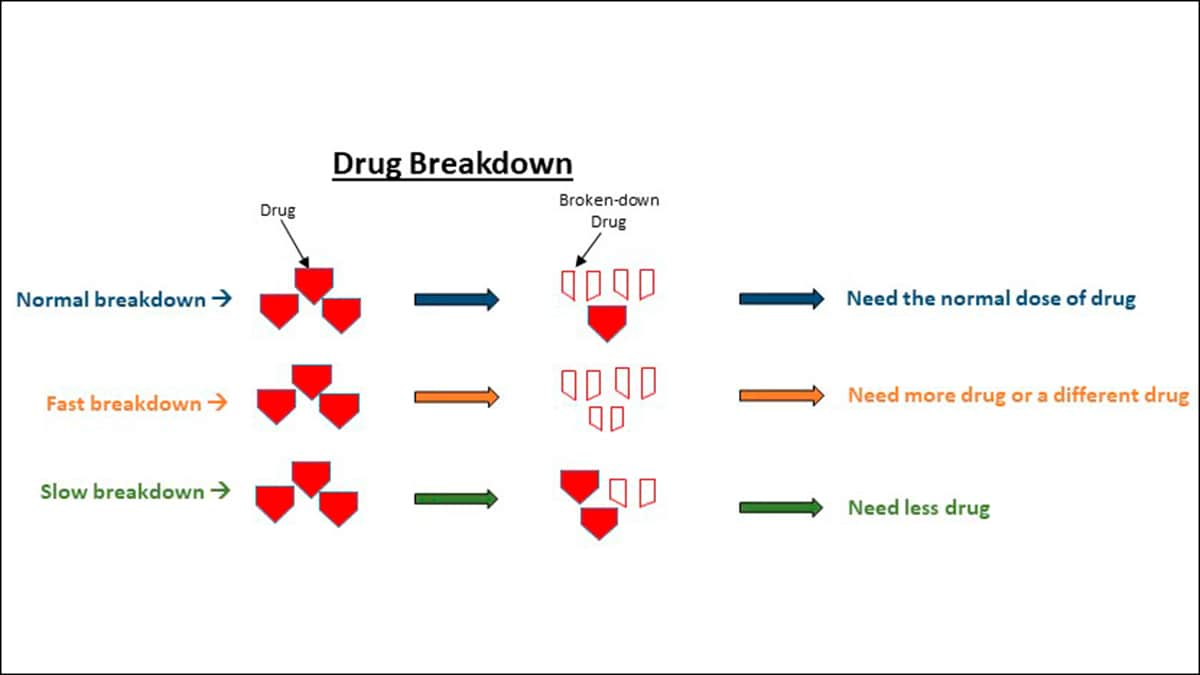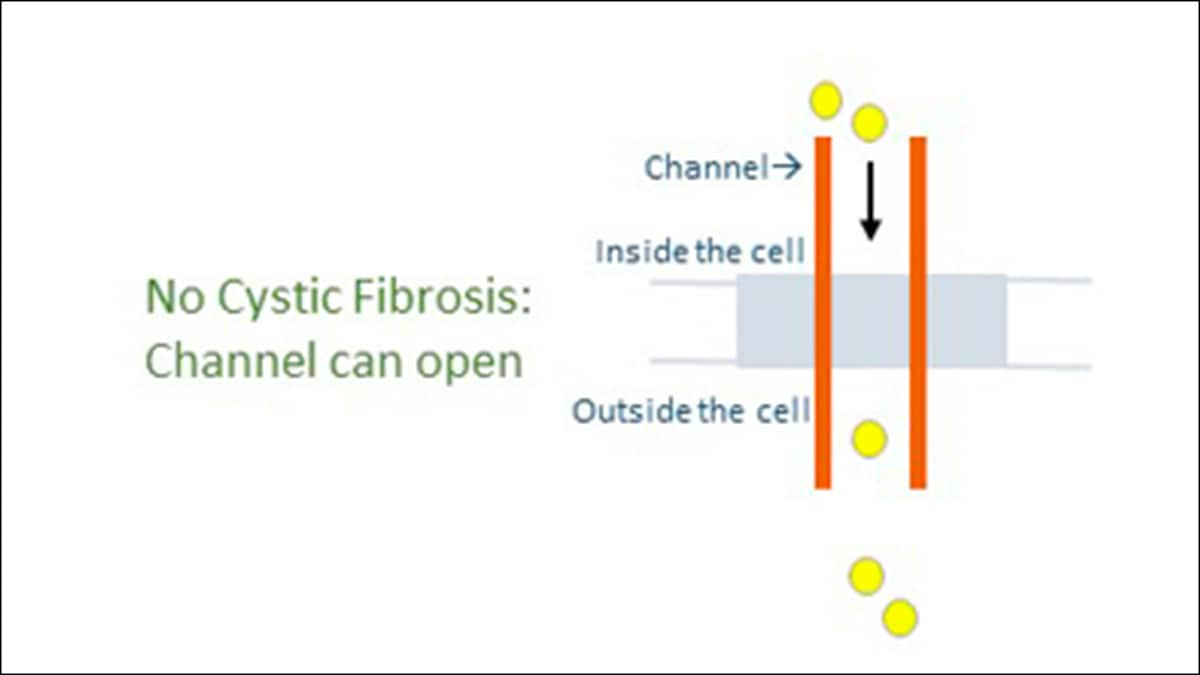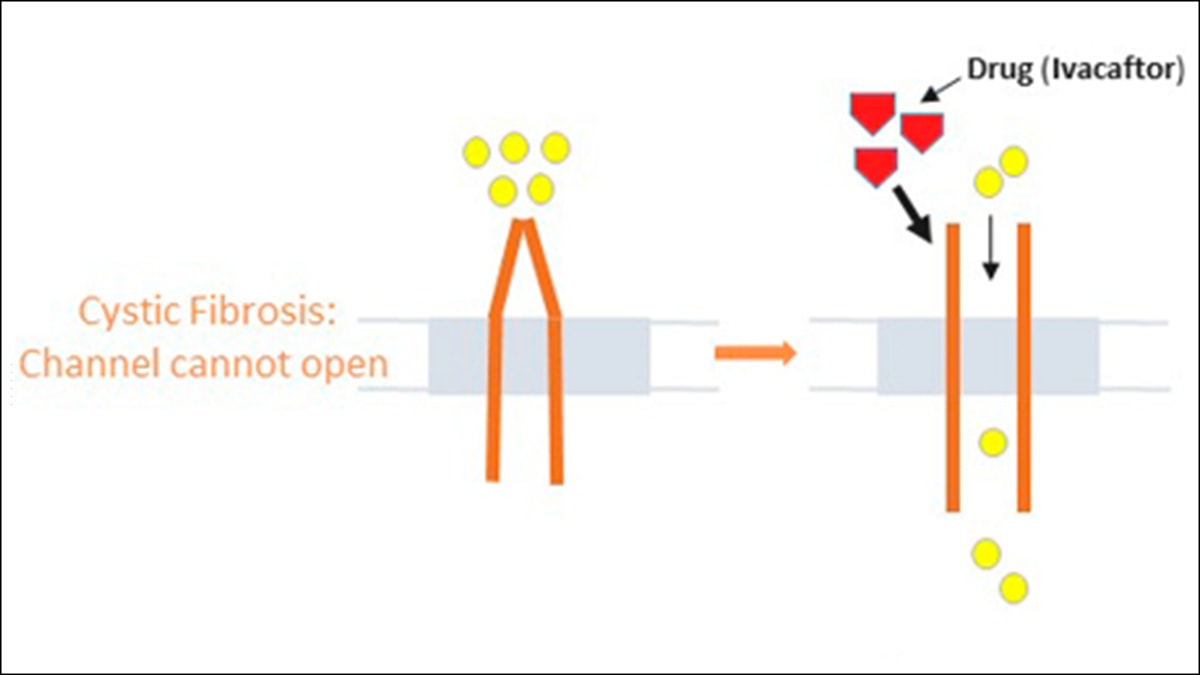Key points
- Pharmacogenomics looks at how your DNA affects the way you respond to drugs.
- Understanding this can lead to better health outcomes by helping you know ahead of time whether a drug is likely to benefit you and be safe for you to take.
- Knowing this information can help your healthcare provider find medicines that will work best for you.

What it is
Pharmacogenomics is an important example of the field of precision medicine, which aims to tailor medical treatment to each person or to a group of people. Pharmacogenomics looks at how your DNA affects the way you respond to drugs. In some cases, your DNA can affect whether you have a bad reaction to a drug or whether a drug helps you or has no effect. Pharmacogenomics can improve your health by helping you know ahead of time whether a drug is likely to benefit you and be safe for you to take. Knowing this information can help your healthcare provider find medicine that will work best for you.
How it works
Drugs interact with your body in many ways, depending both on how you take the drug and where the drug acts in your body. After you take a drug, your body needs to break it down and get it to the intended area. Your DNA can affect multiple steps in this process to influence how you respond to the drug. Some examples of these interactions are described here.
Drug receptors
Some drugs need to attach to proteins on the surface of cells, called receptors, in order to work properly. Your DNA determines what type of receptors you have, and how many, which can affect your response to the drug. You might need a higher or lower amount of the drug than most people, or you might need a different drug.

EXAMPLE: Breast cancer and T-DM1. Some breast cancers make too much HER2, a receptor, and this extra HER2 helps the cancer develop and spread. The drug T-DM1 can be used to treat this type of breast cancer and works by attaching to HER2 on cancerous cells and killing them. If you have breast cancer, your healthcare provider may test a sample of your tumor to determine if T-DM1 is the right treatment for you. If your tumor has a high amount of HER2 (HER2 positive), your healthcare provider may prescribe T-DM1. If your tumor does not have enough HER2 (HER2 negative), T-DM1 will not work for you.
Drug uptake
Some drugs need to be actively taken into the tissues and cells in which they act. Your DNA can affect uptake of certain drugs. Decreased uptake can mean that the drug does not work as well and can cause it to build up in other parts of your body, which can cause problems. Your DNA can also affect how quickly some drugs are removed from the cells in which they act. If drugs are removed from the cells too quickly, they might not have time to act.

EXAMPLE: Statins and muscle problems. Statins are a type of drug that act in the liver to help lower cholesterol. In order for statins to work correctly, they must first be taken into the liver. Statins are transported into the liver by a protein made by the SLCO1B1 gene. Some people have a specific change in this gene that causes less of a statin called simvastatin to be taken into the liver. When taken at high doses, simvastatin can build up in the blood, causing muscle problems, including weakness and pain. Before prescribing simvastatin, your healthcare provider may recommend genetic testing for the SLCO1B1 gene to check if simvastatin is the best statin for you or to determine what dose would work best.
Drug breakdown
Your DNA can affect how quickly your body breaks down a drug. If you break the drug down more quickly than most people, your body gets rid of the drug faster and you might need more of the drug or a different drug. If your body breaks the drug down more slowly, you might need less of the drug.

EXAMPLE: Depression and amitriptyline. The breakdown of the antidepressant drug amitriptyline is influenced by two genes called CYP2D6 and CYP2C19. If your healthcare provider prescribes amitriptyline, they might recommend genetic testing for the CYP2D6 and CYP2C19 genes to help decide what dose of the drug you need. If you break down amitriptyline too fast, you will need a higher dose for it to work, or you may need to use a different drug. If you break down amitriptyline very slowly, you will need to take a smaller dose or will need to take a different drug to avoid a bad reaction.
Targeted drug development
Pharmacogenomic approaches to drug development target the underlying problem rather than just treating symptoms. Some diseases are caused by specific changes (mutations) in a gene. The same gene can have different types of changes, which have different effects. Some genetic changes may result in a protein that does not work correctly, while others may mean that the protein is not made at all. Drugs can be created based on how the genetic change affects the protein, and these drugs will only work for a specific type of genetic change.
EXAMPLE: Cystic fibrosis and ivacaftor. Cystic fibrosis is caused by genetic changes in the CFTR gene that affect the CFTR protein. The CFTR protein forms a channel, which acts as a passageway to move particles across the cells in your body. For most people the protein is made correctly, and the channel can open and close. Some genetic changes that cause cystic fibrosis result in a channel that is closed. The drug ivacaftor acts on this type of genetic change by forcing the channel open. Ivacaftor would not be expected to work for people with cystic fibrosis whose genetic change causes the channel not to be made at all.



What it means for you
While pharmacogenomic testing is currently used for only a few drugs, the field is growing very quickly. Improved understanding of how pharmacogenomics can protect your health and improve your treatment will be increasingly important. Talk to your healthcare provider about what pharmacogenomics might mean for your health.
